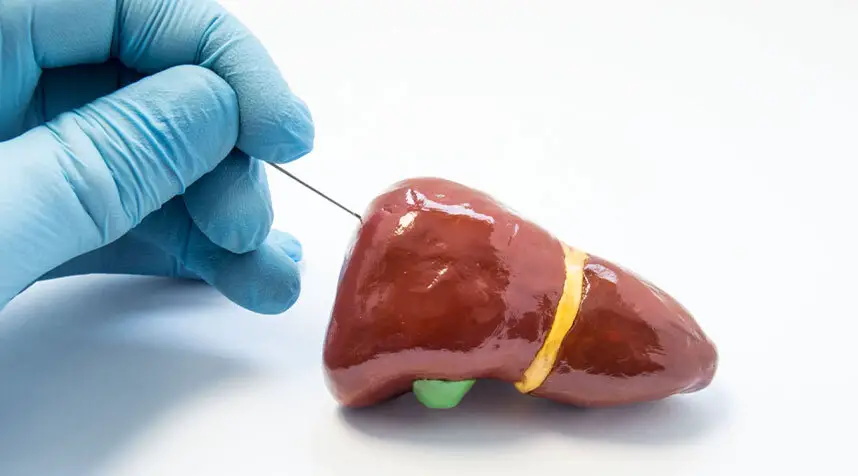
Overview
If you are worried about abdominal pain, itchy skin, or yellowing skin, it’s important you contact your doctor. Though some alarming symptoms could indicate an issue with the liver, a diagnosis is the only way to confirm it.
A timely diagnosis of liver disease can help you access the best liver treatments at the earliest. After listening to your symptoms, your hepatologist can use/recommend the following methods for diagnosing your condition:
Physical Examination and Medical History
This is the first step in diagnosing liver disease. Your hepatologist will ask you certain questions to know more about your medical history. This includes the medications you have been taking, family history of any disease, and frequency of alcohol and drug intake. Some of the questions your doctor can ask include:
- Do you exercise?
- What type of diet do you take?
- How is your sleep cycle?
- How long have you been feeling discomfort?
If you have a history of sharing contaminated needles, blood transfusion, and unprotected sexual intercourse, you should share it with your doctor as these are some of the risk factors for infective liver disease.
During a physical exam, the hepatologist looks for signs of liver damage. For example, patients who have cirrhosis may appear weak because of weight loss. There is also yellowing of eyes and skin in Jaundice. The abdomen may show distension upon inspection. If your doctor finds something unusual, then tests will be conducted for confirming the diagnosis.
Medical Tests

These Include Your Blood Tests and Imaging Tests.
-
Blood tests usually involve laboratory tests that measure the levels of proteins, enzymes, and other substances synthesized by the liver. Abnormal levels of such components could indicate a liver problem. Blood tests measure serum enzymes, alkaline phosphatase, bilirubin, and albumin. Sometimes routine blood examinations like CBC (complete blood cell count) can also help in diagnosing liver disease. WBCs, RBCs, and platelet count can be decreased if the liver disease has progressed to an advanced stage. Since liver disease may also be accompanied by inflammation of the pancreas, pancreatic lipase is also assessed.
-
Imaging tests: These tests could help in studying the extent of liver disease. Some of the imaging tests used include
-
Ultrasonography: This method uses sound waves to create pictures of the liver, bile ducts, and gall bladder. The images can then be studied to identify structural abnormalities like tumors, fatty liver, or even cirrhosis that affects the entire liver. It is a safe test.
-
CT scan: This imaging test provides a detailed visualization of the deeper liver tissues and can help in detecting tumors. Additionally, it is useful for checking fatty liver and abscesses.
-
Magnetic Resonance Imaging or MRI gives a clear image that could provide clues about conditions like hepatitis, fatty liver disease, and hemochromatosis. It can also show blood flow which helps in detecting blood vessel disorders.
Biopsy

A liver biopsy will be performed by your hepatologist to obtain information about the liver that may not have been revealed by tests. The hepatologist will insert the needle through the liver tissue to obtain a sample that will be sent for analysis. Liver biopsy can detect fatty liver, chronic hepatitis, Wilson’s disease, metastatic liver cancer, and chronic inflammation of the liver.
Avail Liver Transplantation Across the World
| Liver Transplant in Different Countries | Starting Cost in USD |
|---|---|
| Liver Transplant in India | $25090 |
| Liver Transplant in Turkey | $52710 |
| Liver Transplant in Thailand | $65000 |
| Liver Transplant in Singapore | $290000 |
| Liver Transplant in Israel | $350000 |
| Liver Transplant in South Korea | $250000 |
Conclusion
If any of the above-mentioned diagnostic tests reveal a liver disease then you should start your treatment as soon as possible. It is vital to connect with a reputed hospital and an experienced hepatologist to get an accurate diagnosis and treatment of your condition.
FAQ’s
The hepatologist can recommend tests like prothrombin tests, albumin, SGPT, and bilirubin tests to diagnose liver disease. Additionally, imaging tests and biopsies may also be advised.
A group of blood tests called the liver function test could be used by your hepatologist to diagnose liver disease.
The hepatologist will confirm cirrhosis by a liver biopsy in which a sample of the liver is taken and observed under the microscope by the pathologist to check for the presence of cirrhosis.
If you are not satisfied with your diagnosis, then you can seek a second opinion from another hepatologist.
A liver biopsy is a crucial procedure for diagnosing liver disease. The procedure should be painless as you will be given local anesthesia.
The post What is the Diagnosis of Liver Disease appeared first on MediGence.
